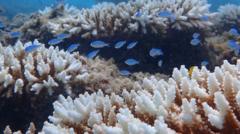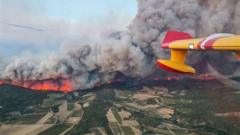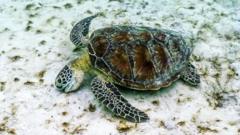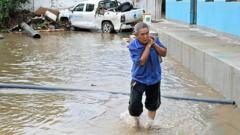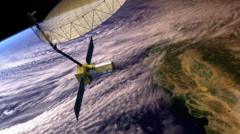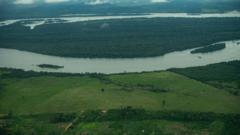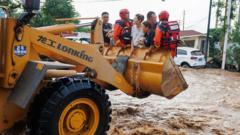Researchers find that only 0.001% of the deep seafloor has been documented visually, sparking calls for additional research to responsibly manage potential seabed mining and explore the mysteries that lie beneath.
Vast Majority of Earth's Deep Seafloor Remains Unexplored, Study Reveals

Vast Majority of Earth's Deep Seafloor Remains Unexplored, Study Reveals
A new study quantifies the limited visual documentation of the deep seafloor, highlighting the need for further exploration before potential mineral extraction.
A recent study has unveiled that humans have visually documented merely 1,470 square miles of the deep seafloor—approximately 0.001 percent of the entire area—which is slightly larger than the state of Rhode Island. The findings, published in the journal Science Advances, coincide with ongoing discussions among nations regarding the industrial mining of the seabed to extract critical minerals.
Katy Croff Bell, a marine biologist and the study’s lead author, emphasized the importance of obtaining more data regarding the ocean floor to make informed decisions concerning extractive practices. “More information is always beneficial, so we can make more informed and better decisions,” said Bell, who is also the founder of the Ocean Discovery League, a nonprofit aimed at promoting deep-sea exploration.
Understanding the deep sea is pivotal for assessing the impacts of climate change and human activities on ocean health. Bell remarked on the thrill associated with venturing into the largely uncharted expanse of the ocean, stating, “You can just imagine what’s in the rest of the 99.999 percent.”
The visual documentation of the deep sea began with U.S. Navy submersibles like the Trieste in 1958 and subsequently the Alvin in 1960. These early explorations have aided biologists in discovering new organisms and understanding their interactions and ecosystems, providing insights crucial for marine biodiversity. With most of the deep seafloor still waiting to be explored, the prospect of uncovering its secrets continues to intrigue scientists and explore the challenges posed by potential seabed mining activities.

